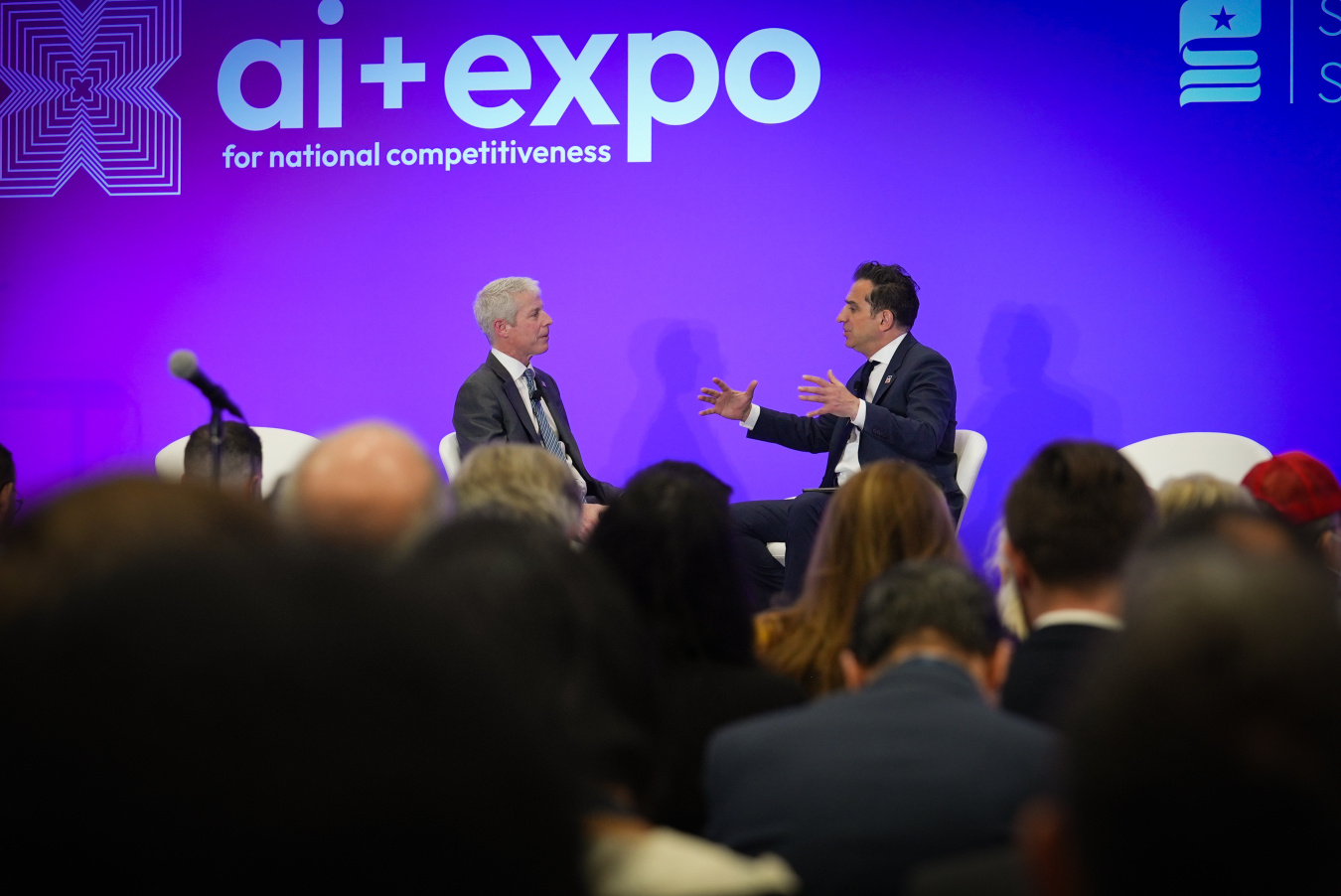Building the infrastructure we need to unleash American energy requires accelerating permitting.
July 10, 2025Building the infrastructure we need to unleash American energy requires accelerating permitting. One particularly promising effort to make Federal permitting faster and better leverages artificial intelligence (AI) and decades of environmental documents to support crucial future analyses. The Pacific Northwest National Laboratory (PNNL), in collaboration with DOE’s Office of Policy, is developing PermitAI to improve the speed and quality of federal permitting processes through investments in data, AI, and public access.
Over the past 50 years, the Federal government has amassed hundreds of thousands of documents with millions of pages produced for National Environmental Policy Act (NEPA) reviews conducted for federal projects across the country. This collection consists of environmental impact statements, environmental assessments, records of decision, and other documents that provide valuable data and analysis – insight that can inform future reviews. Too often, however, these documents are created for a specific project and then filed away, making the information they contain challenging to access and reuse when needed.
We are meeting this opportunity in two ways. First, the skilled researchers at PNNL are aggregating environmental documents from various siloed federal databases and using AI to transform them into a machine-readable dataset, known as NEPA Text Corpus (NEPATEC), which is then made available to the public. PNNL released NEPATEC 1.0 in June 2024 with ~28,000 documents and with 4.6 million pages, and over 3.6 billion tokens of textual data from 100+ agencies.
Second, PNNL researchers are training large language models using NEPATEC documents to develop tools that will improve the speed and quality of federal environmental analysis. The tools being developed as part of this project will enable more efficient searching of historical NEPA documents and project information to swiftly identify and address potential issues. The tools will also facilitate fact-finding and summarization of prior insights through a conversational AI assistant, build the capability to categorize and perform an initial assessment of public comments on NEPA analysis, extract relevant project impacts, and, eventually, assist humans, such as environmental analysts, in validating data and drafting initial NEPA review documents. We aim to complete the research and development of these tools in 2026. We will then continue to improve them based on user feedback and by engaging with interagency partners to facilitate technology adoption.
Four federal agencies have already partnered with DOE in this effort: the Department of Agriculture, the Department of the Interior, the National Institute of Standards and Technologies, and the U.S. Army Corps of Engineers. They are contributing hundreds of testers to assist in calibrating and refining the assessment tools. More agencies are considering signing up, aiming to contribute more documents to the dataset, update their permitting technology and deliver projects faster.
The PermitAI project aims to release NEPATEC 2.0 in August and 3.0 before year’s end, expanding the database to more than 100,000 documents. The database can also extend beyond NEPA documents to include other permitting review documents. Agencies are welcome to host copies of their NEPA documents on PermitAI platform that implements the CEQ's NEPA and Permitting Data and Technology Standards.
PermitAI is an exciting effort to accelerate and improve NEPA reviews, as underscored by PNNL’s recent workshop with environmental professionals from across the country, which highlighted the need for such investments. The research in training domain-specific AI models demonstrates that we can achieve high performance at a fraction of the time and cost for DOE missions. The opportunities presented by PermitAI complement broader investment in modernizing technology and reforming policy across government agencies to expedite permitting and build infrastructure faster.


